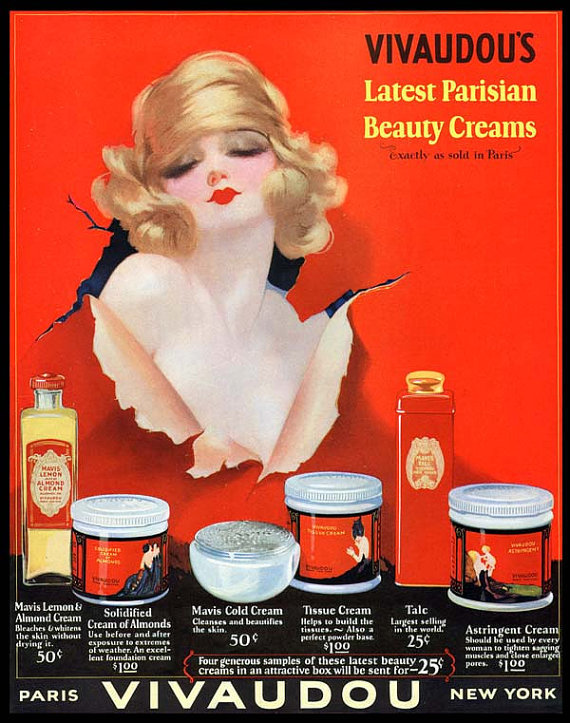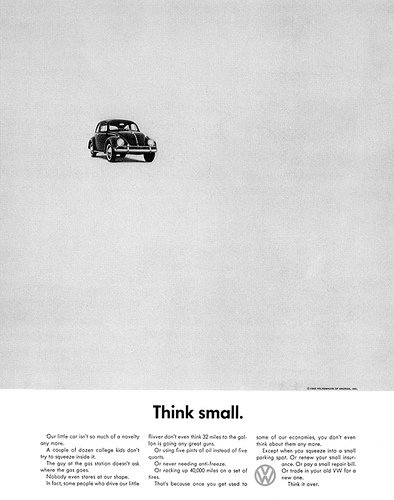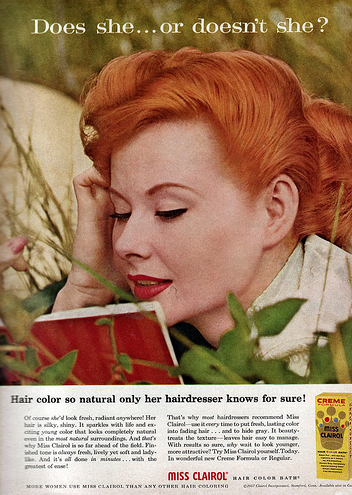HISTORY OF ADVERtising
A Brief Overview
we can learn from the past
Take inspiration, learn from mistakes.
Trends repeat themselves.
Before there were brands
There was this...

compare that to this
Modern times..


advertsing dates back to around 3000BC
So there's a lot to learn and explore.
The Early days
Advertising was mostly word of mouth. WHY?
- It was a barter system- no system of $$ existed
- Most people were just trying to survive so they only bartered for items that they needed
- There was no mass production of goods. Everything was handmade
- Hence, there was no need for advertising as we know it today
1275-1800
Advertising was mostly non-existant
- 105AD - Paper was invented by the Chinese
- 1275 - First paper mill appeared in Europe
- 1440s - The Gutenberg Press is invented in Germany
- Mass recordings are now more accessible to the public
- 1472- The first poster ad appears in England on a church door
- 1650 - The first Newspaper ad appears (offering an award for stolen horses)
- 1704 - A letter appears in the Boston News asking for readers to place ads. Shortly after, the first newspaper ad appears for a Long Island real estate
1275-1800
Advertising was mostly non-existant
- 1741 - First American magazine is published in Philly

early 20th century
Everything changed. WHY????
The industrial revolution!!

mid 1800s
people start producing more goods
- Faster, Cheaper, Better
- Competition starts to creep up - it's just not one brand of soap...there's now 5!
- How do you get the word out???
ADVERTISE!
mid-late 1800s
KEY DATES
- 1840s - Advertising becomes a profession when Volney B Palmer opens the first advertising agency in Philly
- 1844 - The first magazine ad runs
- 1867 - travel billboards start to appear near frequently traveled roads
- 1869- NW Ayers sets up shop (known for creating slogans for Morton Salt and DeBeers)
- 1893 - Sears issues it's first catalog


mid-LATE 1800s
ADVertising is about the why
- Lists any features/benefits
- Lots of copy
- Illustrations (remember, there was no photography)

1900-1910
It's about the brand & making a campaign
- Manufactures start to focus on the brand and package to differentiate themselves from their competition.
- Print is the primary media type
- Pepsi, Quaker Oats and United States steal become incorporated
- Campbell's kids are created for Campbell's soup
- Gillette creates it's first national ad



1910-1920
the age of radio - Focus on emotions
- America's first radio station was launched
- Magazines/Newspapers are still the primary form for advertisement
- Ads are targeted to the audiences emotional needs
- Retail industry grows considerably
- American advertising becomes a 3 billion dollar industry


1920-1930
the age of CONSUMERISM - MARketing research
- Post WWI jumpstarts spending BUT...
- The stock market crashed in 1929
- Advertisers start to use market research to back up claims
- Ad Age launches
- Simplicity in visuals and copy


1930-1940
the age of soap opera - be different
- Ad budgets are cut due to the Great Depression
- An early form of sponsored content arrives with Soap Operas
- More competition. Brands have to differentiate themselves
- Radio is king
- More color emerges in print ads


1940-1950
WAR - unique selling proposition
- WWII breaks out. Advertising is mostly focused around the war efforts
- Radio still major form of advertising
- WWII ends sparking a lift in spending
- Advertisers focus on conveying unique selling propositions to drive sales


1950-1960
the golden age - creativity
- Think Mad Men
- The modern day creative team is formed (copywriter/designer)
- TV becomes the king of advertisement medium
- Ads start to appeal to consumerism narcissism


1960-1970
Consumers become cynics - rebellion
- Consumers start to rebel against advertising
- Individuality becomes important to the consumer
- The cola wars begin
- Designers take a more artistic approach


1970-1980
the age of branding - it's all about positioning
- Ad regulation starts to increase(esp with tobacco)
- Attention economics is introduced
- Product/brand positioning becomes a major deal
- A wealth of information creates a poverty of attentionConsumers attention is scarce and therefore very valuable
- Designers take a more artistic approach


1980-1990
the age of self indulgence
- Materialism reaches new heights
- Consumers seek out products that align to their values
- TV is king
- Informericals are at an all time high
- Apple 1984 commercial airs


1990-2000
the age of integrated marketing
- Integrated marketing starts to replace advertising
- Users have the ability to skip ads
- The web becomes a big thing
- Seth Godin introduces permission marketing
- Ask permission to get the users attention and then establish trust


2000-2010
the digital age - noise
- SPAM!
- Social media and web 2.0
- The web becomes a big thing
- More effort and $$ is directed towards the digital experience
- To be taken seriously, you need a website (and FB page, and twitter account...)
- In-bound marketing is introduced
- Market with a magnet, not a sledgehammer
- Use information that consumers find valuable


2010-?
age of story telling
- Ads have less copy, more visuals
- Heavily integrated with digital (including social media)
- Ability to get real time/immediate feedback from their audience

